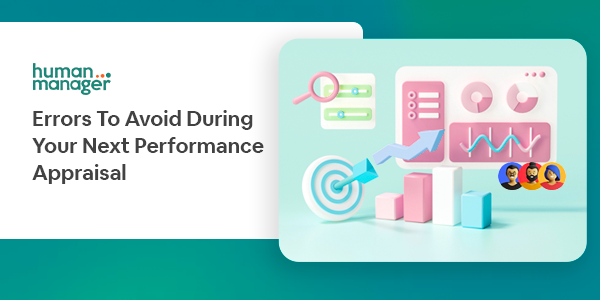By Nkechi Okonji
Today, success is not just about offering great products or exceptional services, but about how your team is efficiently managed. Hence, every business, regardless of size or industry, needs a dependable Employee Management System.
As a Business Development Executive at HumanManager, I have seen first-hand how implementing the right HR and payroll solution can transform workplace operations, but first, what is an Employee Management System?
An Employee Management System (EMS) is a digital platform or a solution designed to help businesses organise, track, and manage employee-related information and HR processes efficiently in one place.
It serves as a central hub for handling everything from onboarding to exit, ensuring smooth operations, compliance, and improved employee experience.
Here is why having an EMS is a necessity for businesses that want to thrive.
1. Centralised Employee Data
An EMS provides a single, secure platform to manage all employee information, including personal details, employment history, academic records, leave balances and more. This centralisation reduces paperwork, eliminates duplicate entries, and ensures that your HR data is always accurate and up to date.
2. Improved Payroll Accuracy
Payroll processing errors can lead to employee dissatisfaction and, in some cases, legal issues. With an Employee Management System like HumanManager, payroll is automated and can be integrated with attendance and leave data, ensuring accurate salary calculations, tax deductions, and statutory compliance. Thereby minimising disputes and building trust with your workforce.
3. Enhanced Compliance and Reporting
Keeping up with labour laws and regulations can be cumbersome. An EMS helps you stay compliant with basic standards by automatically tracking and generating reports on taxes, pensions, and more. When audits come around, you will have everything you need at your fingertips.
4. Efficiency in HR Processes
EMS streamlines HR workflows. Automations such as approval routes, appraisal reminders, and leave management free up time for your HR team to focus on strategic initiatives like employee engagement and retention.
5. Data-Driven Decision Making
One of the greatest advantages of an EMS is its ability to generate insightful analytics. You can monitor key metrics, basic employee data, performance trends, and departmental information on the go, helping you make informed decisions that support business growth.
6. Scalability for Business Growth
As your business expands, so does the complexity of managing your workforce. A robust EMS grows with you, allowing you to easily manage more employees in different locations and time zones, and adapt to organisational structures without breaking a sweat.
In conclusion, investing in an Employee Management System is not just about simplifying HR processes; it is about building a foundation for long-term business success. At HumanManager, we help businesses like yours unlock efficiency, accuracy, and strategic growth through innovations and automation.
Whether you are a small business or a large enterprise, the time to modernise your employee management is now. Let HumanManager be your partner in that journey.
Because we don’t just build HR software. We build people. Learn more about our services at www.humanmanager.net
Also, keep the momentum going and join our community – The HR Growth Circle 🔗 Join here





